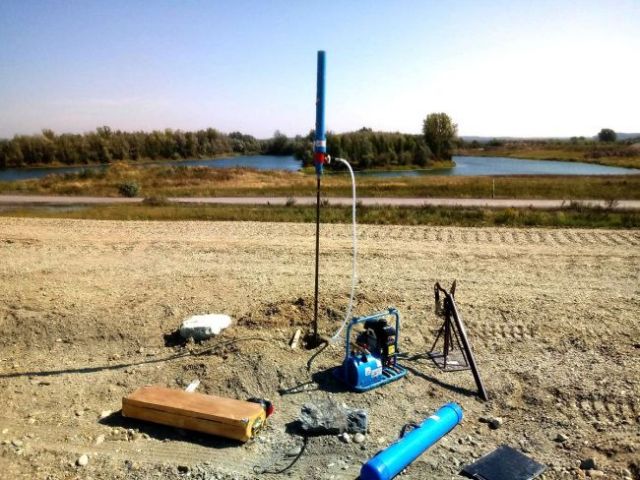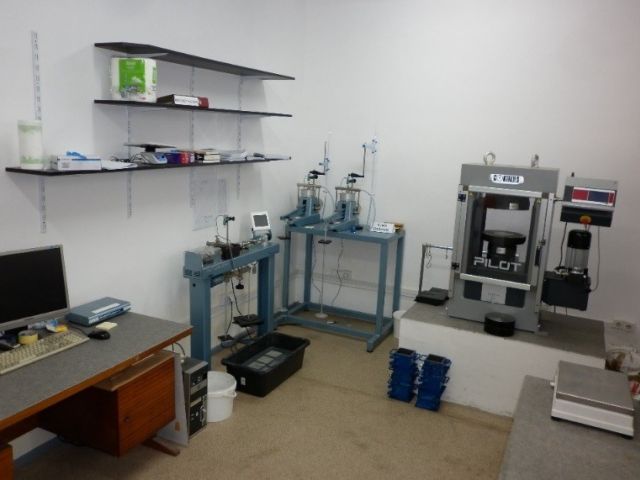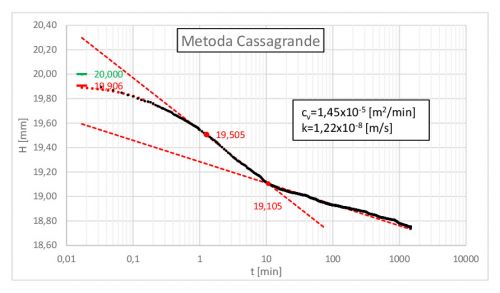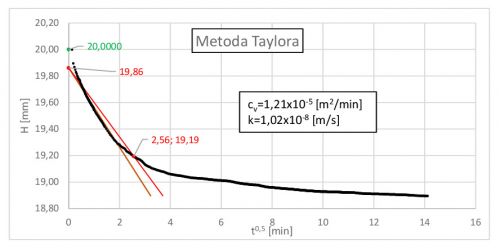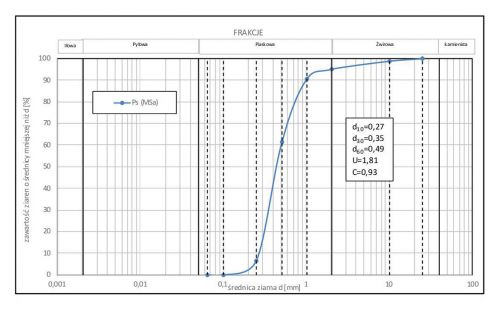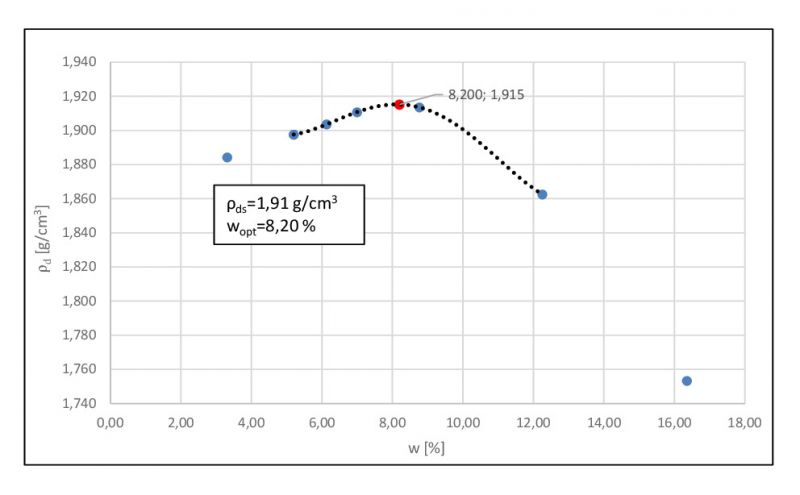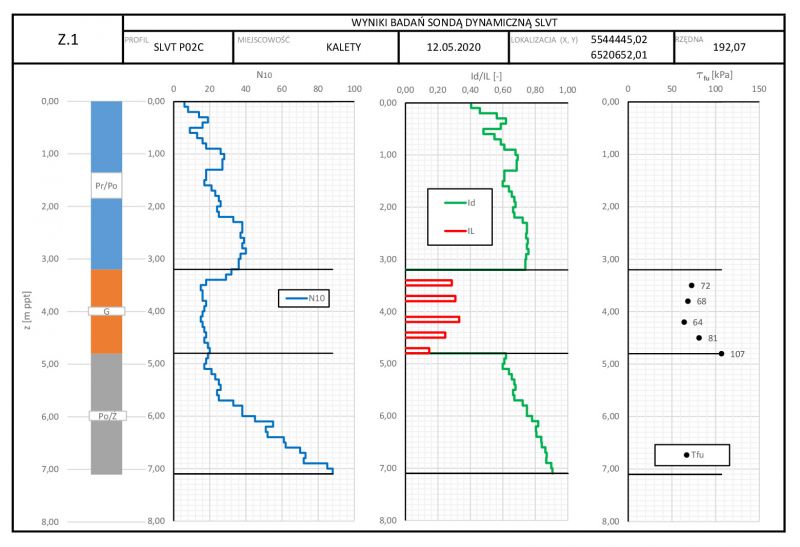GEOTECHNICS
We have experience and necessary equipment to perform geotechnical surveys determining the physical and mechanical properties of soils. We carry out both field in situ and laboratory tests as well, what allow us to obtain an accurate picture of the ground and water conditions in the investment area.
We are able to create a research program focused on the proposed investment. The results are reliable model parameters of the subsoil, that most accurate describe the interaction of the designed structure with the soil. These parameters can be additionally optimized thanks to the use of an automatic monitoring system which shows the exact state of ground movements or the water level. The application of a reliable computational model each time results in an economically confirmed design solution.
We carry out all kinds of geotechnical works at the design and construction stage as well as approvals. We work with accredited geotechnical laboratories equipped with equipment with the necessary certificates. The detailed scope of our services in the field of geotechnical research includes:
FIELD WORKS:
- dynamic probing DPL (compaction degree, compaction index),
- testing with an impact-rotary probe SLVT (shear strength, plasticity grade, (compaction grade, compaction index),
- tests with a rotary probe FVT (shear strength, plasticity grade),
- tests with VSS plate (primary and secondary deformation modules and deformation index),
- tests with a dynamic plate (dynamic modulus of deformation),
- penetrometer tests CBR (Californian Bearing Ratio),
- soil sampling for laboratory tests,
- installation of piezometers (with an automatic water level observation system),
- installation of inclinometers and extensometers (with an automatic measurement system),
- mechanical drilling (incl. casing).
laboratory TESTS:
- testing of the strength parameters in a direct shear apparatus,
- testing of the compressibility and consolidation parameters in an oedometer,
- tests of compaction parameters in the Proctor apparatus,
- CBR load index test,
- granulometric analysis (areomatric and sieve),
- direct tests of the filtration coefficient (constant and variable-gradient methods),
- determination of the Atteberg limits,
- determination of the organic part content,
- determination of soil physical properties (density, humidity, porosity).
ACCEPTANCE TESTS:
We perform acceptance tests of the compaction and load-bearing capacity of embankments. We define:
- modules of primary and secondary deformation (E1 / E2) and deformation index I0 from tests with a static VSS plate,
- dynamic deformation modulus Evd from tests with a lightweight dynamic plate,
- the compaction index and the degree of compaction Is / ID by direct and correlation methods.
Due to the several available methods to determine the compaction parameters, we are able to choose the optimal method for a given construction. Among possible solutions, the following options could be considered:
LABORATORY METHOD
The exact method involves the use of a combination of laboratory testing and field testing. In this case, under controlled in the laboratory compaction conditions, the dependence between volumetric density and moisture content is determined in a Proctor apparatus. The result is the maximum volumetric density of the soil skeleton ρds and the corresponding optimum moisture content wopt. The compaction index of the material embedded in the embankment is obtained by comparing the volumetric density of the soil skeleton of the material collected during field tests with the volumetric density of the soil skeleton determined in the laboratory.
PROBING
In cases where it is necessary to determine the compaction of non-cohesive soils of considerable thickness, we offer tests by sounding with a lightweight dynamic probe DPL. During the tests, on the basis of the number of hammer hits per 10 cm of the momentum, the degree of compaction ID and compaction index IS are determined. An additional advantage of the probe is the possibility of using a SLVT-type conical cross head, thanks to which, apart from the assessment of the compaction of non-cohesive soils, we can determine the strength su and the degree of plasticity of the cohesive layers. This solution is especially recommended in case of examination of layered subsoil, consisting of alternately located soil layers of various types.
INVESTIGATIONS WITH A VSS STATIC PLATE AND LIGHT DYNAMIC PLATE
Such tests are used to assess the compaction of ground layers with a thickness of about 0.5 m. The result of the VSS plate testing is the primary deformation module E1, secondary deformation E2 and the deformation index I0. These parameters are determined on the basis of the recorded subsidence of the subsoil in response to loading the subsoil with the measuring plate. The test with a light dynamic plate is used to determine the dynamic modulus of deformation Evd on the basis of registered settlements and their velocity after impact loading of the ground. The big advantage of this type of test is the quick process of evaluation, because the result can be obtained after about a minute. As a result, this method is particularly often used when testing large-area embankments where many measurements should be made in a relatively short time. In such cases, the highest accuracy of tests is achieved by using a combination of several VSS tests and several measurements with a dynamic plate. Due to the direct correlation of the results from both tests, it is possible to quickly obtain an accurate picture of the compaction of the embankment.

